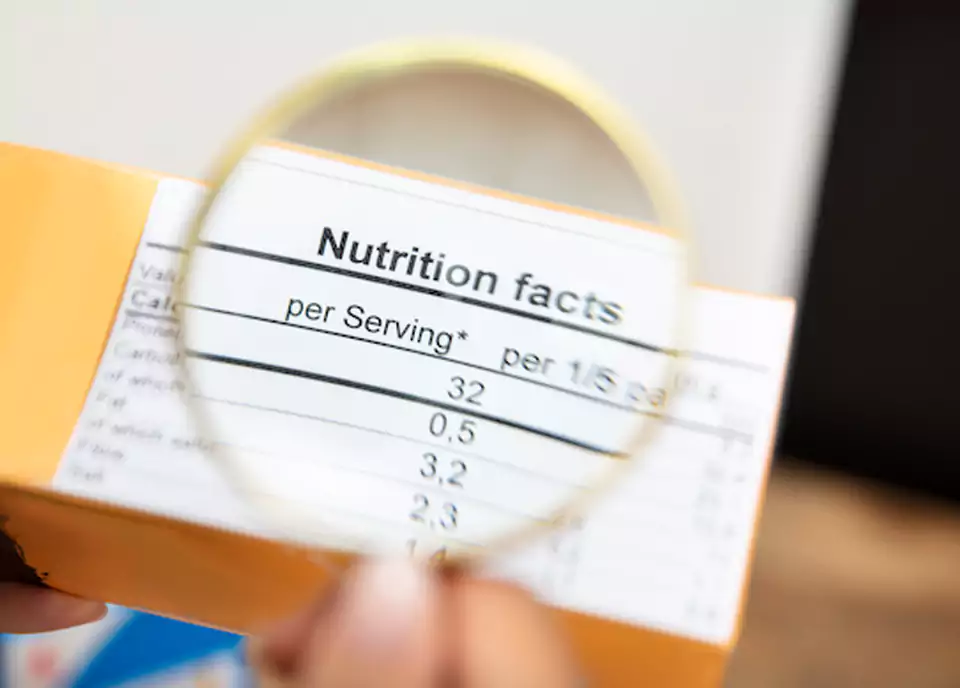A PMA is a comprehensive FDA submission proving a device’s safety and effectiveness. It must include admin details, device description, nonclinical/clinical data, manufacturing info, labeling, and bibliography to meet 21 CFR 814.20 requirements.
A PMA application is a comprehensive dossier that must convincingly demonstrate a device’s safety and effectiveness. Unlike a simple form or brief summary, a PMA typically comprises multiple volumes of documentation covering everything from technical specifications to clinical study reports. FDA’s regulations (21 CFR 814.20) enumerate the required elements of a PMA, and failing to include any of these (without justification) can result in a Refusal to File. In plain language, a well-prepared PMA will include: administrative information, a device description and intended use, summaries of non-clinical and clinical data, full technical sections with study data, manufacturing and quality information, proposed labeling, and more. Below, we outline the key sections and data to include in your PMA and why each is important. This will help ensure you hit all the FDA requirements when assembling your application.
Every PMA begins with some boilerplate but crucial details:


This section provides a complete description of the device: what it is, how it works, and what it’s made of. Key elements to include:

This section essentially paints the picture of what FDA is approving. It should be written clearly to avoid ambiguity. FDA reviewers will use this description to identify if all components were tested and to plan any manufacturing site inspections.

In a PMA, you must provide technical sections with data from all non-clinical testing you performed. These are often divided into subsections such as:

This section will likely be the largest in volume. The goal is to allow FDA to review and reproduce your safety/performance claims from a non-clinical perspective. Clarity and organization are key – consider using appendices or separate volumes for large datasets, and provide summary tables in the main narrative highlighting how your device performed relative to acceptance criteria or standards.

For most PMAs, the clinical section is critical. It should include:


FDA reviewers will comb through this section to ensure that valid scientific evidence supports your claims. Providing complete, well-organized clinical data (with summaries up front and detailed data available in appendices) will facilitate their review. Remember to include any supporting analyses that back up your safety/effectiveness (e.g., subgroups, quality of life measures, etc.). If you only had a single-arm study, provide objective performance criteria or historical control comparisons if available. Essentially, present a compelling story that your device works and is safe enough, backed by data.

FDA needs confidence not only in the device’s design and testing, but also that you can consistently produce the device to specifications. The PMA must include a section on manufacturing information, often encompassing:

Providing robust manufacturing info can also preempt questions. FDA may perform a pre-approval inspection of your manufacturing site to ensure compliance with QSR before granting approval. Thus, having your production processes well documented and implementing a strong quality system by PMA submission time is crucial. It’s not uncommon that PMA approvals are delayed due to manufacturing deficiencies found during inspections, so this section is as important as the clinical data in many respects.

Your PMA must include all proposed labeling for the device. This means:

Labelling is critical because it’s how the device will be used safely and effectively. FDA will review to ensure the labelling is truthful and not misleading, includes adequate warnings/precautions, and that the instructions enable safe use. For PMA devices, sometimes FDA or the advisory panel recommends specific warning statements or training requirements to be added. For example, “Caution: Federal law restricts this device to sale by or on the order of a physician” is required on physician-use devices. Also, all known important adverse effects should be in the warnings. If your clinical data revealed certain risks, ensure they are clearly communicated in labelling. The indications for use in labelling must match what was studied and what you are asking approval for. It’s wise to cross-check that throughout your PMA, the device’s intended use is stated consistently to avoid any confusion.
FDA may request labelling revisions during review – for instance, tweaking claims or adding precautions. Your submission should include the most up-to-date draft labelling you propose. Any changes made during review (perhaps in response to FDA feedback) can be submitted as amendments. Ultimately, FDA will approve the device with certain final labelling. They even base the Approval Order on draft final labelling. So, putting effort into clear, comprehensive labelling in your PMA can smooth that aspect of approval.
Finally, PMA regulations require a bibliography of all known reports on the device’s safety or effectiveness not submitted in the main body. Essentially, list any relevant scientific publications, white papers, or adverse reports (published or otherwise) that you are aware of regarding your device or similar devices. FDA expects you to be diligent and transparent – if there’s a journal article that reported an issue with a similar device, acknowledge it and, if possible, discuss why your device is different or how you mitigated that issue. Also, include copies of key articles if not easily accessible, and summarize their findings. This shows FDA that you did your homework on contextual evidence.

Additionally, include any other information that supports the PMA or that FDA should consider. For example: if your device has been approved in Europe or elsewhere, you might include a summary of those regulatory decisions or post-market experience. If you have real-world evidence (registries, compassionate use data, etc.), you can include it to supplement clinical trial findings. The idea is to present a full picture of evidence for and against your device so FDA isn’t caught off guard by something not mentioned.
A PMA is a large submission, but it’s large for a reason – FDA wants to be sure that nothing important is missing in evaluating a high-risk device. By including all the key sections above in a well-structured manner, you demonstrate professionalism and increase the likelihood of a smooth review. ADBC CRO’s expertise can help ensure each PMA section – from device description to the last reference – is complete, well-supported, and compelling for FDA reviewers. Ultimately, a thorough PMA package is your opportunity to make a strong case that your innovative device is ready for the market with FDA’s blessing.
